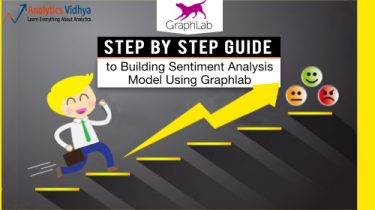Simple NLP in Python with TextBlob: N-Grams Detection
Introduction The constant growth of data on the Internet creates a demand for a tool that could process textual information in a faster way with no effort from the ordinary user. Moreover, it’s highly important that this instrument of text analysis could implement solutions for both low and high-level NLP tasks such as counting word frequencies, calculating sentiment analysis of the texts or detecting patterns in relationships between words. TextBlob is a great lightweight library for a wide variety of […]
Read more






